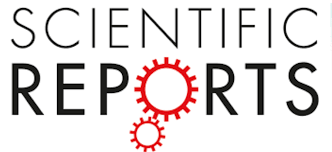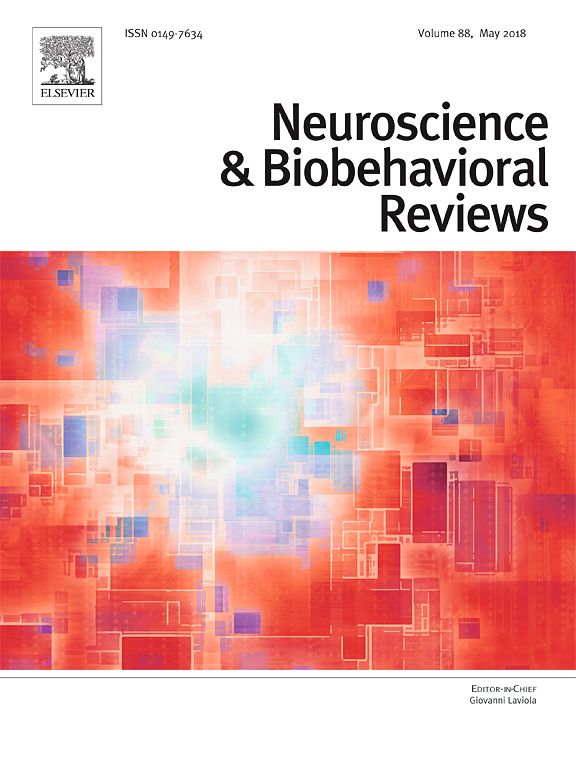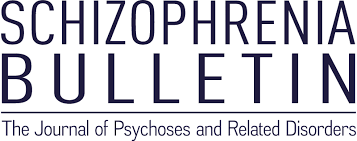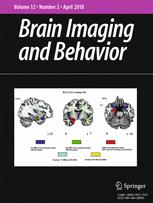Using deep belief network modelling to characterize differences in brain morphometry in schizophrenia
Authors: Walter HL Pinaya, Ary Gadelha, Orla M Doyle, Cristiano Noto, André Zugman, Quirino Cordeiro, Andrea P Jackowski, Rodrigo A Bressan, João R Sato
Journal: Scientific reports
Abstract: Neuroimaging-based models contribute to increasing our understanding of schizophrenia pathophysiology and can reveal the underlying characteristics of this and other clinical conditions. However, the considerable variability in reported neuroimaging results mirrors the heterogeneity of the disorder. Machine learning methods capable of representing invariant features could circumvent this problem. In this structural MRI study, we trained a deep learning model known as deep belief network (DBN) to extract features from brain morphometry data and investigated its performance in discriminating between healthy controls (N = 83) and patients with schizophrenia (N = 143). We further analysed performance in classifying patients with a first-episode psychosis (N = 32). The DBN highlighted differences between classes, especially in the frontal, temporal, parietal, and insular cortices, and in some subcortical regions, including the corpus callosum, putamen, and cerebellum. The DBN was slightly more accurate as a classifier (accuracy = 73.6%) than the support vector machine (accuracy = 68.1%). Finally, the error rate of the DBN in classifying first-episode patients was 56.3%, indicating that the representations learned from patients with schizophrenia and healthy controls were not suitable to define these patients. Our data suggest that deep learning could improve our understanding of psychiatric disorders such as schizophrenia by improving neuromorphometric analyses.




